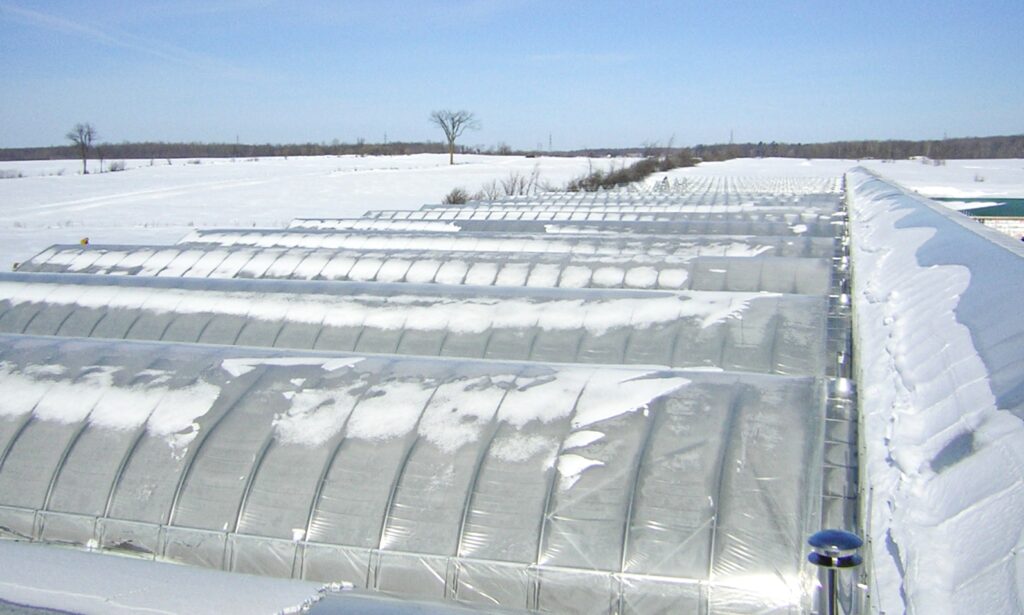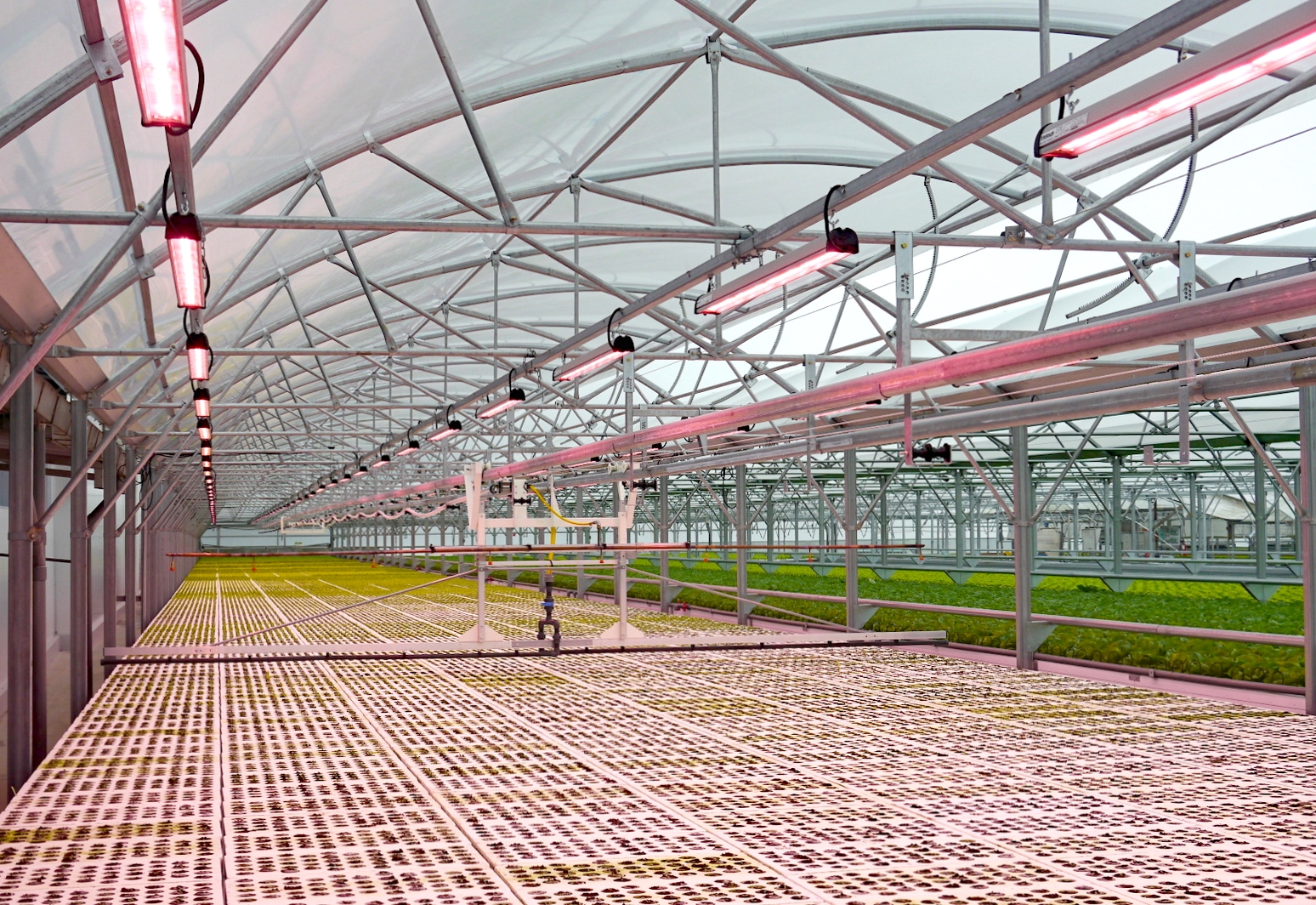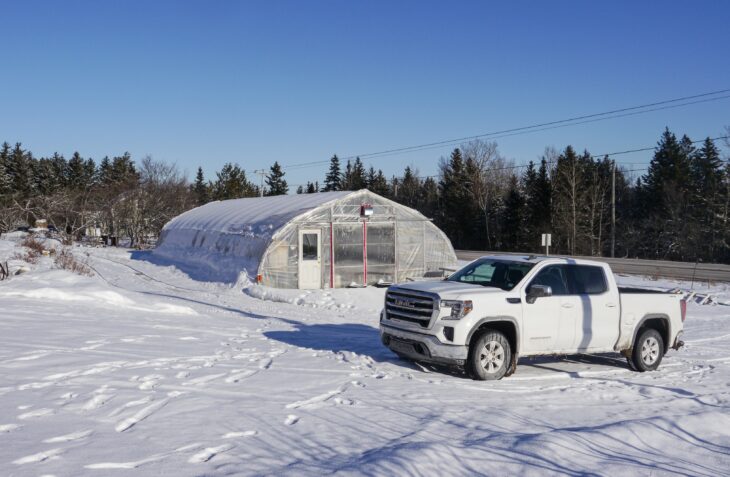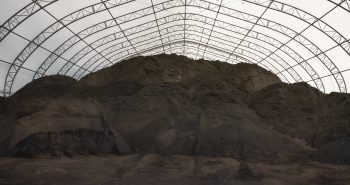This post is also available in: ![]() English
English ![]() Français (French)
Français (French)
Greenhouse structures are designed to provide a controlled environment for plants and can extend the growing season, but their ability to survive the winter depends on several factors, including the the type of greenhouse, the climate in your region, and the type of plants you want to grow.
A good example is the Quebec province in Canada with one of the toughest winter in North-America with heavy snow loads, cold nights and lower light levels… However, the greenhouse industry is thriving and developing fast over there.

Here are some considerations when you want to build a greenhouse to survive the winter:
1. Greenhouse Construction: The type of greenhouse you have plays a significant role in its ability to withstand winter conditions. There are different types of greenhouses, including hobby greenhouses, cold frames, and commercial-grade structures. Some greenhouses are better insulated and equipped for cold weather than others. Moreover, gothic style greenhouse performs more under Nordic environment with cold temperature, lower light level and snow.
2. Insulation: Adequate insulation is crucial for retaining heat during the winter months. Insulated walls, roofs, and even insulated insulated sandwich panels can help keep the greenhouse warmer. More attention should be paid to the north wall.
3. Heating: Many greenhouses use supplemental heating systems to maintain a suitable temperature during the winter. This can include electric or gas heaters or even dual-energy systems. There are also underfloor heating options to get consistent heat over your crops. It will depend your location but in most cases for small and medium projects (<20 000sqft) natural gas is the most efficient heat source.
– Geothermal system (climate-battery) can be also an alternative but it is very site dependent and all technology are not equivalent: https://horti-generation.com/climate-battery-geothermal-greenhouse-system/
4. Ventilation: Proper ventilation is essential to prevent overheating during sunny winter days and to control humidity levels. Ventilation systems can also help prevent condensation, which can be harmful to plants when water falls back in droplets. However, winter ventilation must be set-up with the right equipment and opening strategy in order not to create any thermal shocks on the plants.
5. Plant Selection: Not all plants are suitable for winter greenhouse cultivation. Some plants are more cold-tolerant and can thrive in colder temperatures, while others may require a consistently warm environment. Choose your plants carefully based on your greenhouse’s winter conditions. Leafy green vegetables are often the preferred choice for winter cultivation.
6. Monitoring and Maintenance: Regular monitoring of temperature, humidity, and other environmental factors is essential to ensure the well-being of your plants. Be prepared to adjust heating and ventilation as needed. Climate computers are a way of automating the control of your greenhouses remotely, based on your control setpoints.
7. Snow Load: In regions with heavy snowfall, it’s crucial to consider the greenhouse’s ability to withstand the weight of snow. Some greenhouses are designed with sturdier frames to handle this. A good example is the Ovaltech greenhouse (made in Canada) with its gothic design and oval arches, which ensure very high resistance even in strong winds.
8. Energy Costs: Running heaters and other climate control systems in the winter can be expensive. Consider the energy costs and factor them into your budget. Nowadays, in North-America in Nordic regions the heating costs are responsible of more than 30% of the greenhouse operation… Selecting the right equipment, greenhouse lay-out and energy source is a major profitability factor for your business!
In summary, greenhouses can survive the winter with the right design, construction, and maintenance. However, they require careful planning and often some investment in heating and insulation to create a suitable environment for plants during the colder months. The specific requirements will vary depending on your location and the type of plants you wish to grow.
Learn more about the benefits of gothic style greenhouse, the strongest structure to withstand heavy snow and wind loads :






